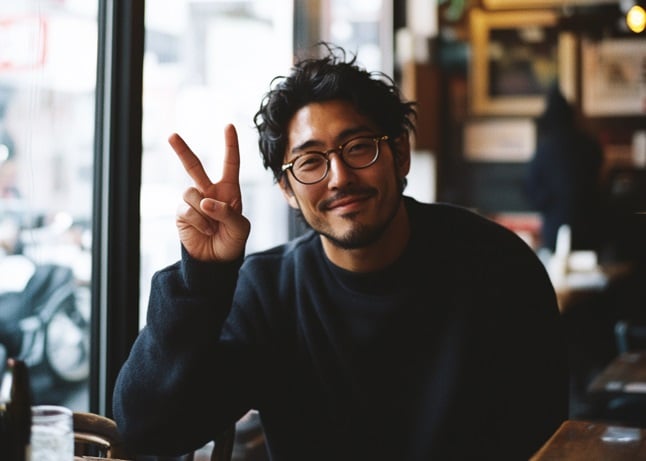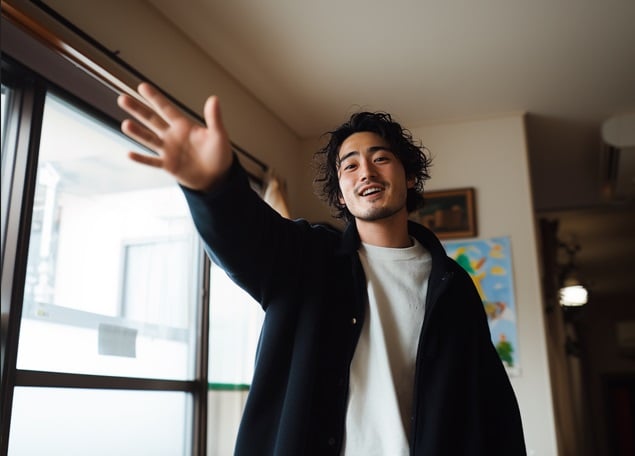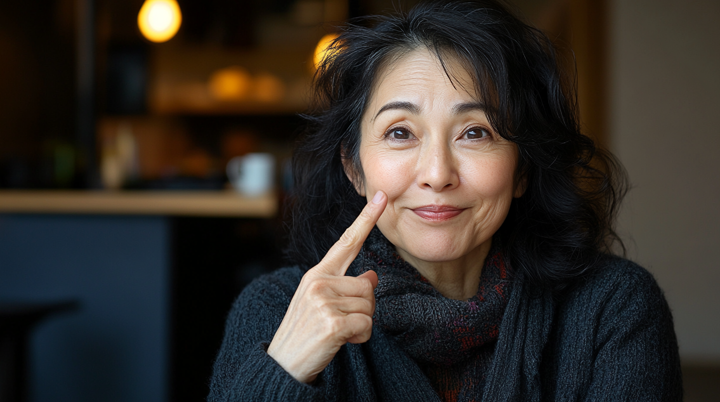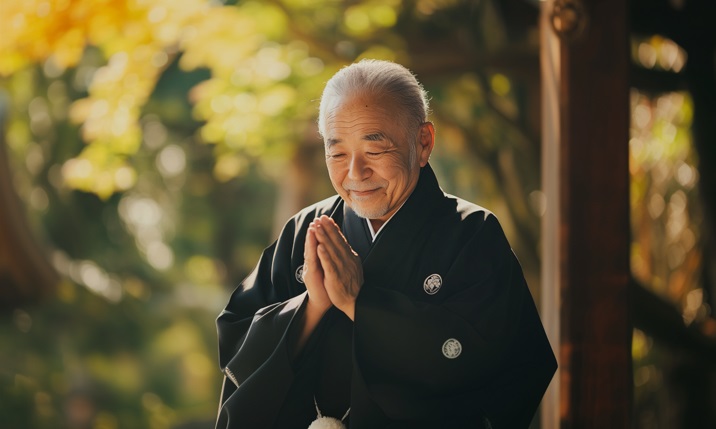Japanese Hand Gestures: Speak Without Saying a Word
Ever tried to learn Japanese and felt totally confident—until someone waved a hand, tilted their head, or made a weird pinky sign and you had no clue what just happened? Welcome to the world of Japanese hand gestures. In Japan, people don’t just speak with words—they speak with their entire body. From subtle nods to dramatic arm moves, these gestures carry meaning that locals pick up on instantly.
So, if you’re serious about connecting with people, understanding Japanese culture, or just avoiding accidental awkwardness, getting familiar with Japanese hand gestures is a total game-changer.
Table of Contents
- The “Come Here” Hand Beckon
- The “Apology” Hand Wave
- The “Money” Sign
- The “No, No” Face Wave
- The “Thinking” Head Scratch
- The “Who, Me?” Nose Point
- The “Girlfriend/Boyfriend?” Pinky Raise
- The “Check, Please” Finger Cross
- The “Determined” Arm Flex
- The “Bowing” Gesture
- The “Big Okay” Overhead Circle
- The “Heart” Hand Sign
- The “I’m Unsure” Head Tilt
- The “Hand Blade” Apology
- The “Peace” Photo Pose
→Sign Up Now: Free Trial Japanese Lesson With a Native Teacher!←
Let’s break them down one by one.
The “Come Here” Hand Beckon
Imagine extending your arm with your palm facing downward, then moving your fingers in a scratching motion. In Japan, this is the universal sign for “come here.” It’s a common way to invite someone over, though newcomers might initially mistake it for a dismissive wave.
The “Apology” Hand Wave
Waving the hand with the palm facing outward in front of someone’s face is a gesture used to display confusion or indicate that the individual does not know or understand.
The “Money” Sign
Forming a circle with your thumb and index finger, while holding your palm up, signifies “money” in the world of Japanese hand gestures. This sign is often used in conversations about financial matters or to discreetly indicate monetary transactions.
The “No, No” Face Wave
Waving your hand back and forth in front of your face, with the thumb facing you and pinky away, is a polite way to decline or indicate “no” in Japan. It’s commonly used when someone wants to refuse an offer or deny an accusation.
The “Thinking” Head Scratch
When someone brings a hand to the back of their head, it’s a sign they’re feeling embarrassed or awkward. This gesture is often used when someone is unsure or contemplating how to respond.
The “Who, Me?” Nose Point
Pointing to your nose with your index finger is a Japanese hand gesture people use to refer to themselves, essentially asking, “Who, me?” It’s a humble gesture, often used when someone is surprised to be the subject of attention.
The “Girlfriend/Boyfriend?” Pinky Raise
Raising your hand with all fingers curled into a fist, except for your little finger sticking straight up, is a playful way to inquire if someone has a girlfriend or boyfriend. It’s a lighthearted gesture, often accompanied by a teasing tone.
The “Check, Please” Finger Cross
To signal that you’re ready to pay the bill in a restaurant, cross your index fingers in an “X” shape. This Japanese hand gesture mimics the kanji for “end” and is a discreet way to catch your server’s attention without calling out.
The “Determined” Arm Flex
Placing one hand on the opposite bicep and flexing the arm is a gesture that expresses determination and readiness to tackle a challenge. It’s a non-verbal way of saying, “I’ve got this!”
The “Bowing” Gesture
Bowing is a fundamental aspect of Japanese etiquette, used to express greetings, gratitude, and apologies. The depth and duration of the bow vary depending on the situation and the relationship between the individuals involved.
The “Big Okay” Overhead Circle
Raising both hands and connecting them above your head to form a large circle is another way to signal “okay” in Japan. This gesture is particularly handy when you need to communicate approval from a distance, ensuring your message is clearly seen.
The “Heart” Hand Sign
Forming a heart shape with both hands has become a trendy way to express affection or enthusiasm, especially in photos. It’s particularly popular among younger generations and adds a cute, endearing element to pictures.
The “I’m Unsure” Head Tilt
Tilting your head slightly to one side, often accompanied by a contemplative “hmm,” indicates uncertainty or hesitation. It’s a non-verbal way of expressing that you’re pondering a question or unsure about a situation.
The “Hand Blade” Apology
When needing to pass in front of someone or navigate through a crowd, it’s customary to make a small vertical motion with your hand held slightly away from your body, resembling a “hand blade.” This subtle gesture conveys an unspoken apology for the intrusion and is a hallmark of Japanese politeness.
The “Peace” Photo Pose
Flashing a peace sign with your index and middle fingers while taking photos is a beloved practice in Japan. Whether using one hand or both, this cheerful gesture adds a playful touch to snapshots and is a staple in Japanese photo culture.

→Sign Up Now: Free Trial Japanese Lesson With a Native Teacher!←
Getting the hang of Japanese hand gestures is more than just a fun party trick—it’s a window into how people express themselves beyond words. These little movements reveal a lot about respect, relationships, and everyday life in Japan. To truly learn Japanese, understanding the culture is just as important as learning the language itself.
That’s why our Japanese courses go beyond grammar and vocabulary. Taught by native-speaking teachers who bring language and culture together, our lessons give you real-world skills with real cultural context. Whether you want to study at home, at your office, or even at a local café, we offer face-to-face Japanese lessons in New York, LA, or wherever it suits you best. So you won’t just speak Japanese—you’ll feel confident using it the way it’s actually used in Japan. Contact Listen & Learn and get started now!







